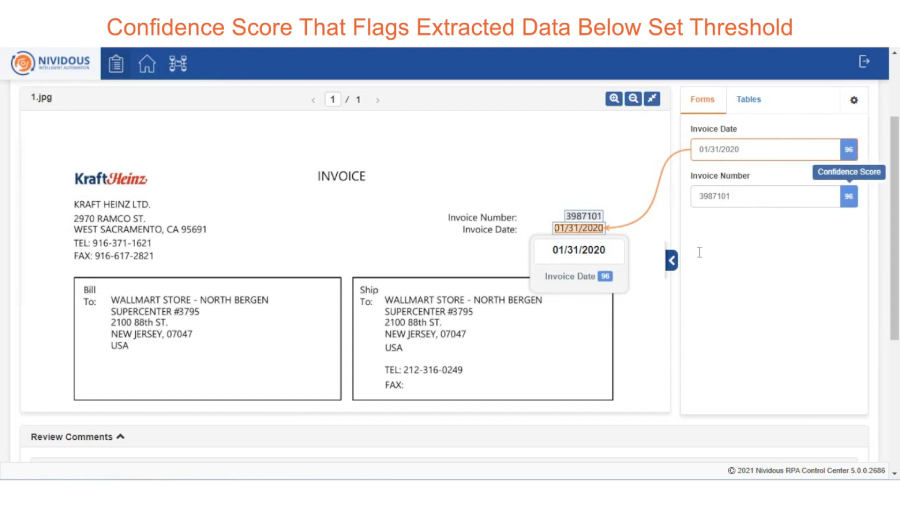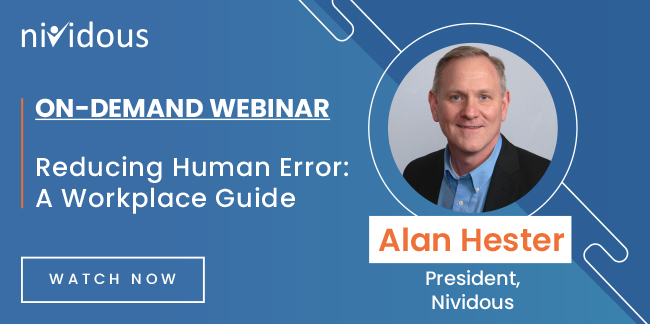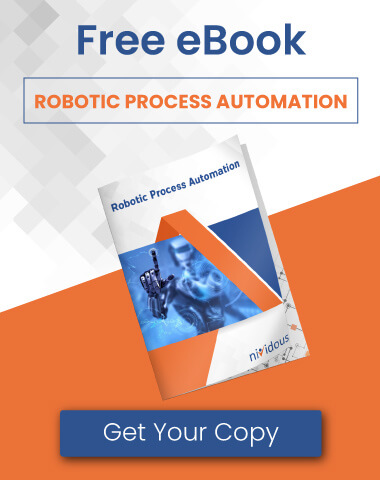The quality of your business data has a direct impact on your bottom line. Gartner research placed the average yearly cost of poor data at $12.9 million in 2021. That year in the U.K., organizations likely spent between 10% and 30% of their total revenues responding to data quality problems.
Bad data often starts with human error—and these errors can create a domino effect of inefficiency. The best-case consequence of data errors is lost time, as you find and fix the mistakes. More often, you don’t find the errors at all. They enter your process itself.
That can lead to much more intensive rework, missed business opportunities, and even noncompliance in regulated industries. Human error can also place your IT infrastructure at risk, with an estimated 85% of data breaches caused by simple mistakes.
So what’s the best way to reduce human error at work? You could adopt the Six Sigma method of targeting fewer than 3.4 errors per million events. You could adapt the Lean Manufacturing practice of error-proofing to match your industry.
With the growth of Artificial Intelligence (AI) and digital automation technologies, however, a simpler option has become available: Reassign human staff to higher-value tasks, while shifting the data-handling tasks to an intelligent automation system.
Here’s how intelligent automation is reducing human error in the workplace today—and how to bring the benefits to your organization.
Are high error rates holding your business back?
Reach out to learn how the Nividous platform can clean up your data by automating your processes.
How To Avoid Human Error With Intelligent Automation
Data errors come from repetitive data handling. Human attention wanes over time. Mistakes you might catch at the start of the day can slip past you after lunch. But mission-critical tasks often require deep engagement with data. Accounting, compliance documentation, customer onboarding, fraud detection, inventory management; there’s no removing the data from these processes. That’s what makes them terrific candidates for intelligent automation.
Intelligent Automation: A Definition |
|---|
|
We define intelligent automation as:
Also called hyperautomation, intelligent automation includes (at least) three complementary technologies: Robotic Process Automation (RPA), Business Process Management (BPM), and Artificial Intelligence (AI). The Nividous platform provides all three technologies to bring full, end-to-end process automation to key business processes across industries. Other types of digital automation may perform tasks, but intelligent automation handles full processes, orchestrating humans and bots into an end-to-end workflow that achieves key business goals. When automation systems handle data-processing tasks, they remove the element of human error. That eliminates a major cause of poor data quality. |
Intelligent automation reduces human errors in at least three ways:
- RPA bots handle data so humans don’t have to. A bot will perform the one millionth task with the exact same precision it brings to the first. The only way bots make mistakes is when the input is corrupted or incorrect (for more on controlling these instances, see below).
- Validation is built into the workflow process. You can set parameters on all your data fields within the Nividous platform. If an entry into one of those fields doesn’t match those parameters, RPA bots won’t continue with the process—though they may flag the field for human review.
- Intelligent automation saves human attention for higher-level tasks. Focus is a finite resource. Automation allows staff members to redirect their focus to other areas that require more complex thinking, rather than spending their time on mundane work—and increasing the risk of error with every hour.
Avoiding AI And Human Error In Business Process Automation
Intelligent automation uses an AI technology called Intelligent Document Processing (IDP) to work with documents of all types. Document processing is a common source of human error.
How can you be sure your IDP system won’t make similar mistakes?
On the Nividous platform, at least, the answer lies in the Confidence Score.
The Confidence Score is an AI-driven feature that judges the accuracy of an output based on the quality of its input. If the digits on a document are clear, IDP bots recognize the input as high-quality. If a page is smudged, documents are obscured, or the bot fails to recognize certain characters, it will assign a lower Confidence Score to the operation involving that document.
When the Confidence Score dips beneath the threshold, the system asks staff to review the questionable data before taking it to the next step. Users can adjust the Confidence Score to find the perfect balance between manual effort and error risk—effectively controlling both digital and human error rates at once.
Reducing human error in the workplace leads to lower costs, less risk, and fewer limits to growth. Intelligent automation can help achieve all these goals by cutting manual error rates to zero.







